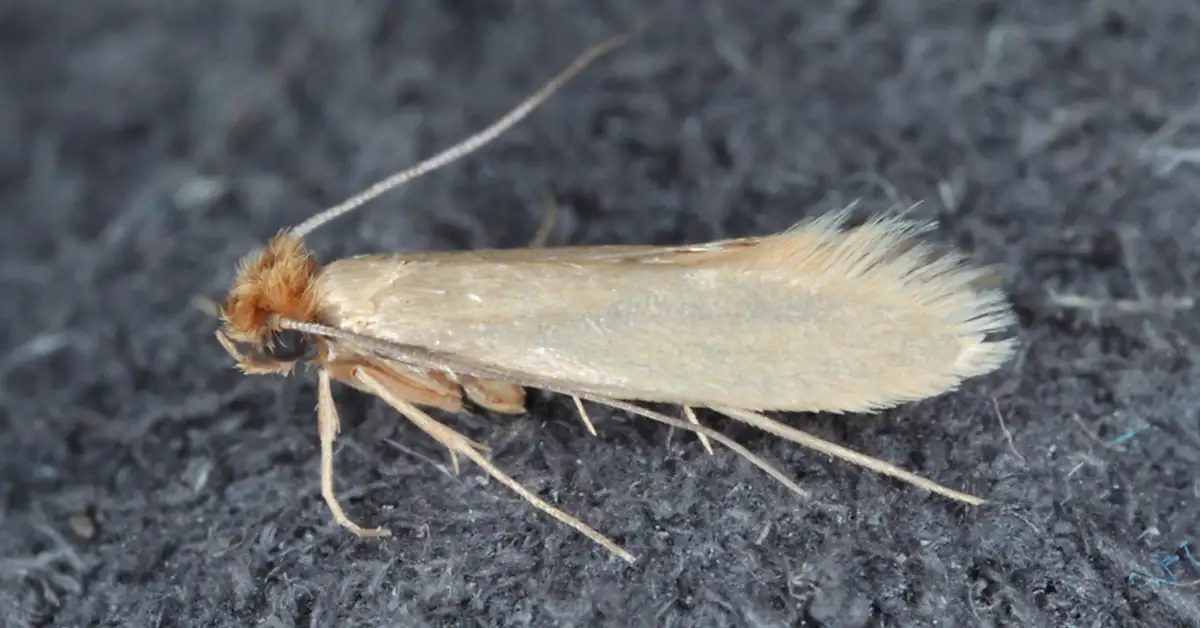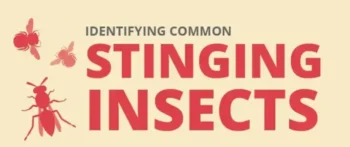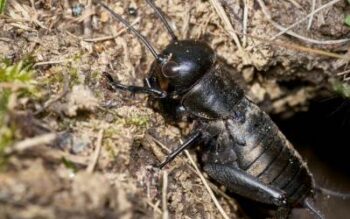
Getting out your favorite sweaters and finding small – or worse, large – holes from a moth infestation is frustrating. It’s also avoidable.
Following a few simple steps can prevent a moth infestation and show you how to handle one if they’ve already entered your home. First, let’s cover some basics you need to know to keep your home and clothing moth free.
Do Moths Eat Clothing?
If you see a flying moth in your home, it won’t attack your clothing, but you do need to get rid of it immediately. Only moth larvae attack clothing, not flying adults, but adults lay eggs which turn into larvae.
However, most moths you’re likely to find are pantry moths that go after grain, cereal, and even plants. Anything longer than 1 centimeter is probably not interested in your clothing.
The moths most likely to damage your clothing are the casemaking clothes moth and the webbing clothes moth. But moths aren’t the only insects that eat clothing. It could also be an infestation of carpet beetles or silverfish, both of which will nibble on clothing.
Moth larvae rarely, if ever, eat synthetic fiber clothing. However, they can still leave holes if they were eating dead skin cells left on synthetic clothing. Natural fibers are their target – especially items made of wool, cashmere and silk which are animal-derived natural products. If the clothing contains stains and sweat, it’s even more attractive to moth larvae.
Larvae will also attack wool rugs, carpeting and furniture. Since they avoid bright light, items in rarely used rooms or stored in a basement will be a more likely target than a regularly used room.
What Do You Do If You Have Moths?
Do:
-
- Vacuum and clean regularly
Regular cleaning deters moths. Vacuuming removes moth eggs and larvae from carpeting. Moths prefer darkness, tight spaces and not being disturbed. Use a clothing brush on wool, silk, and cashmere garments to remove larvae and discourage moths from laying their eggs on clothing.
-
- Always put clothes away clean
Stains, sweat, dirt, etc. give insects something else to feed upon besides our garments.
-
- Store clothing in airtight containers
Plastic bags and boxes are generally recommended for storing clothing you want to protect from moths. Avoid cloth boxes as moth larvae can eat through those. However, plastic containers can be a problem for clothing stored for years – they don’t let garment breathe and some fabrics degrade if stored in plastic for long periods of time.
Some scientists theorize cedar chests and closets protected clothing so well because they were airtight, not the cedar oils. The aromatic benefits of cedar fade over time but moth larvae couldn’t chew through the chest or closet.
-
- Inspect used clothing before it comes into your house
Thrift stores and vintage clothing shops can be a great resource. Clothing handed down from family members can be prized possessions. In both cases, carefully inspect the items for signs of moth larvae infestation or damage before bringing it into your home.
Webbing clothes moths will leave behind patches of silk webbing and feeding tubes. Casemaking Moths can be hard to spot because their cases will change color to match the clothing they’ve infested. Look for numerous, suspicious small holes as a sign of their infestation.
-
- Check your clothing every few months
An inspection – especially of silk, wool, and cashmere items – can save heartache and money later.
Don’t:
-
- Bother with mothballs or moth flakes
Mothballs and moth flakes are commonly recommended when people ask, “What keeps moths away,” but they are a difficult solution. While they use paradichlorobenzene (PDB) or naphthalene, which are lethal to moths, it only works in concentrated doses. That means the PDB vapors must be carefully confined with the clothing you want to protect. Knowing whether you have achieved that concentration is difficult.
Worse, PDB and naphthalene are dangerous to people and animals so you need to ensure children and pets cannot get to them. The vapors are harmful to adults as well and the concentration needed to kill moths could make you sick, too. California lists both chemicals as carcinogens and the European Union banned naphthalene.
-
- Assume cedar hangers, chips, or sachets will help
While oils in natural red cedar have been credited with deterring moths, it won’t kill larvae already infesting clothing. The aromatic oils in cedar lose effectiveness over time and you can’t even easily tell if new cedar items you purchase are fresh enough to be effective.
-
- Keep dirty clothes around
Moth larvae love dark areas like clothing hampers and piles of dirty laundry. Wash and put away laundry regularly.
How Do You Get Rid of a Moth Infestation?
Dry-cleaning will get rid of any moth larvae infesting it. Heat will also work but can cause wool to shrink and isn’t an option for infested wool carpets. Freezing can work but for best results the clothing needs to be in the freezer for several days. Even then, it’s not foolproof as moth larvae occasionally survive freezing.
If the moth infestation is widespread, an exterminator is your best answer. Treating a few items by yourself is fine but a sizeable infestation needs professional care.
Eliminate Moth Infestations
If you find holes in your clothing or wool rugs, the professionals at Arrow Exterminating can identify what insect has infested your home and the proper treatment. For more information, contact Arrow Exterminating today.





